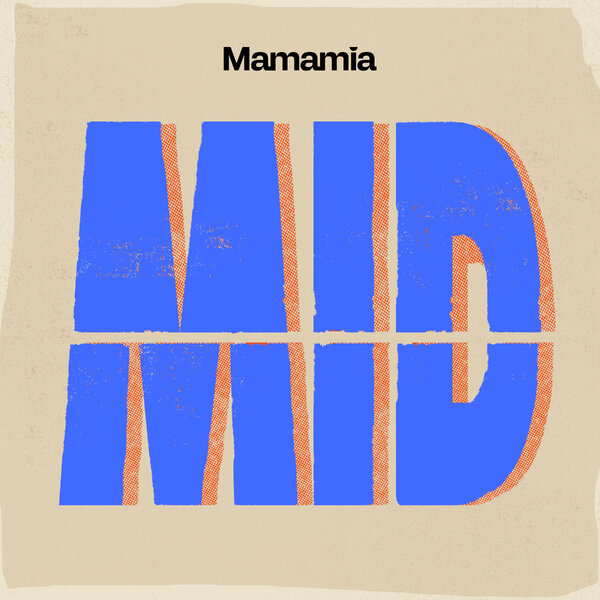Hint: A lot.
Wow, less than 10 hours after giving birth with her husband by her side, a glamorous Kate Middleton set off home with her baby. Of course the Duchess of Cambridge is in a castle with help and regular visits from midwives and top notch doctors, but it just goes to show how the process has changed in just a few generations.
There have been radical changes since our mothers gave birth to us. Childbirth has transformed for the better.
When I was born in the sixties things were diametrically different. Women in the throes of labour were checked in, put in a wheelchair and told to wave goodbye to their husbands. Nurses in stiff white uniforms shaved panting women’s pubic hair and then subjected them to an enema. They were told to get onto the bed and lie on their backs – many hospitals even tied women’s legs into stirrups. Pain relief was absent, or too often involved being knocked out with a drug cocktail. Upon entry to the world, the tiny newborns were often hung upside down and given a slap on the bottom to make them cry. Husbands paced in the waiting room with cigars at the ready.
The Madmen episode where Betty Draper (the main character’s wife) gives birth shows just how awful the experience could be. Betty is given a drug cocktail that brings on a trippy like hallucinogenic state and she wakes up with Gene in her arms. The entire birth process is a blank and she is so dissociated she seems in an altered state.
Many of us were born in this era where there was little respect for women, the power of their bodies and their right to decide how they give birth. What should be one of the most empowering and extraordinary experiences of their life was often traumatic, clinical or just wiped from their consciousness.
My mum stayed in hospital for two weeks after each of us were born. We were kept in a nursery with glass windows; our brothers and sisters couldn’t touch us, only wave through the glass. Every four hours we were bought to our mothers for feeds by matrons in stiff caps and uniforms. If babies cried between feeds they were allowed to do so; it was good for their lungs and their mothers couldn’t hear their distress.


